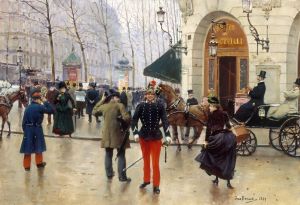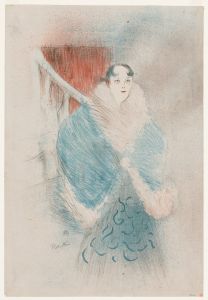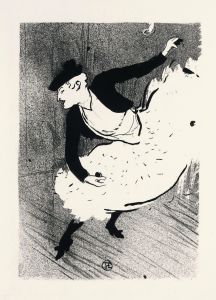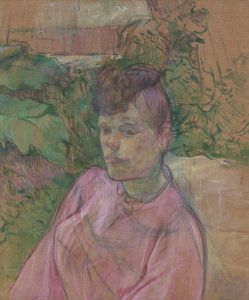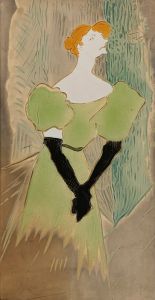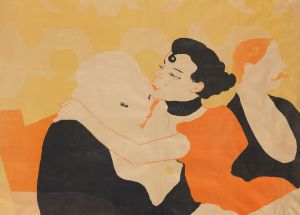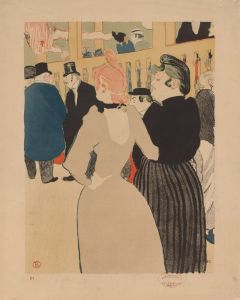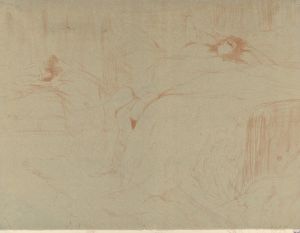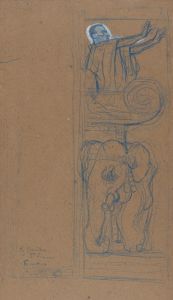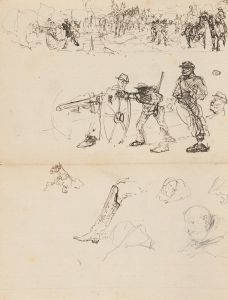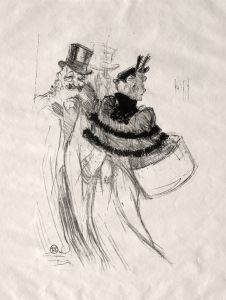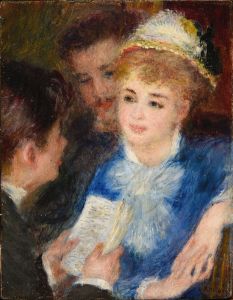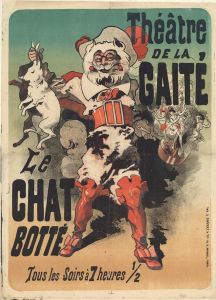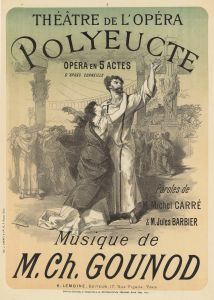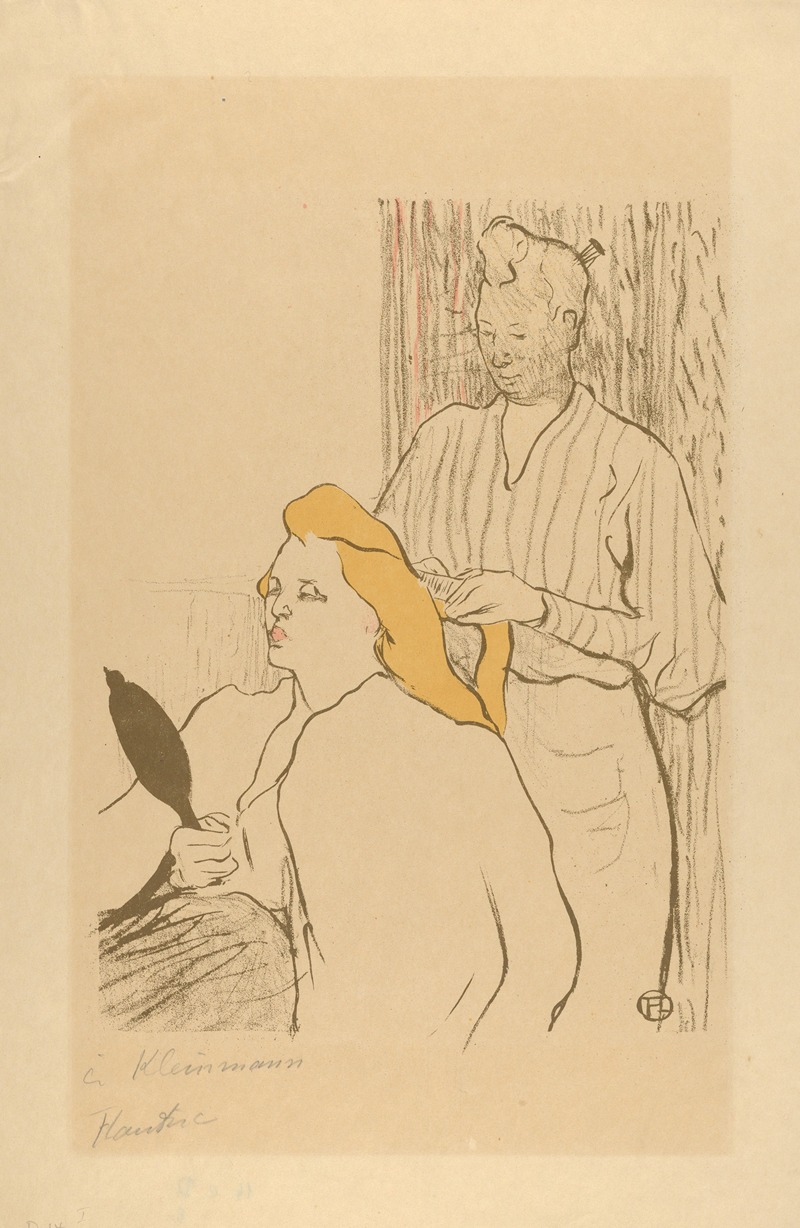
The Coiffure
A hand-painted replica of Henri de Toulouse-Lautrec’s masterpiece The Coiffure, meticulously crafted by professional artists to capture the true essence of the original. Each piece is created with museum-quality canvas and rare mineral pigments, carefully painted by experienced artists with delicate brushstrokes and rich, layered colors to perfectly recreate the texture of the original artwork. Unlike machine-printed reproductions, this hand-painted version brings the painting to life, infused with the artist’s emotions and skill in every stroke. Whether for personal collection or home decoration, it instantly elevates the artistic atmosphere of any space.
"The Coiffure" is a painting by the French artist Henri de Toulouse-Lautrec, created in 1891. Toulouse-Lautrec was a prominent Post-Impressionist painter known for his depictions of Parisian nightlife, particularly the bohemian lifestyle of Montmartre. His works often captured the vibrancy and decadence of the period, and "The Coiffure" is no exception.
The painting portrays a woman having her hair styled by a maid. This intimate scene is characteristic of Toulouse-Lautrec's focus on the private and often unseen moments of daily life. The composition is notable for its candid and unposed nature, providing a glimpse into the personal routines of women during the late 19th century.
Toulouse-Lautrec's technique in "The Coiffure" demonstrates his mastery of line and color. The artist employs a limited palette, dominated by soft, muted tones that create a sense of calm and intimacy. The brushwork is fluid and expressive, capturing the texture of the woman's hair and the fabric of her clothing with remarkable detail. The use of light and shadow adds depth to the scene, highlighting the contours of the figures and the space they occupy.
The setting of the painting is a modest, domestic interior, which contrasts with the more public and lively scenes Toulouse-Lautrec is often associated with. This choice of subject matter reflects the artist's interest in the everyday lives of women, beyond the glamour and spectacle of the cabaret and dance halls. The maid's attentive posture and the woman's relaxed demeanor suggest a moment of trust and familiarity, emphasizing the personal connection between the two figures.
"The Coiffure" is part of a larger body of work in which Toulouse-Lautrec explored themes of femininity, beauty, and the rituals of self-care. His portrayal of women was often sympathetic and nuanced, challenging the more superficial and objectifying representations common in contemporary art. Through his intimate and honest depictions, Toulouse-Lautrec offered a more complex and humanized view of his subjects.
Henri de Toulouse-Lautrec was born into an aristocratic family in 1864, but his life was marked by physical challenges due to a genetic disorder that stunted the growth of his legs. Despite these difficulties, he pursued a career in art, studying under prominent artists and eventually becoming a central figure in the Parisian art scene. His work was influenced by Japanese prints, which is evident in the composition and use of space in "The Coiffure."
Today, "The Coiffure" is held in the collection of the Musée d'Orsay in Paris, where it continues to be admired for its delicate beauty and insight into the private world of its subjects. Toulouse-Lautrec's ability to capture the essence of his time and the people who inhabited it has ensured his lasting legacy as one of the most important artists of the Post-Impressionist movement.





